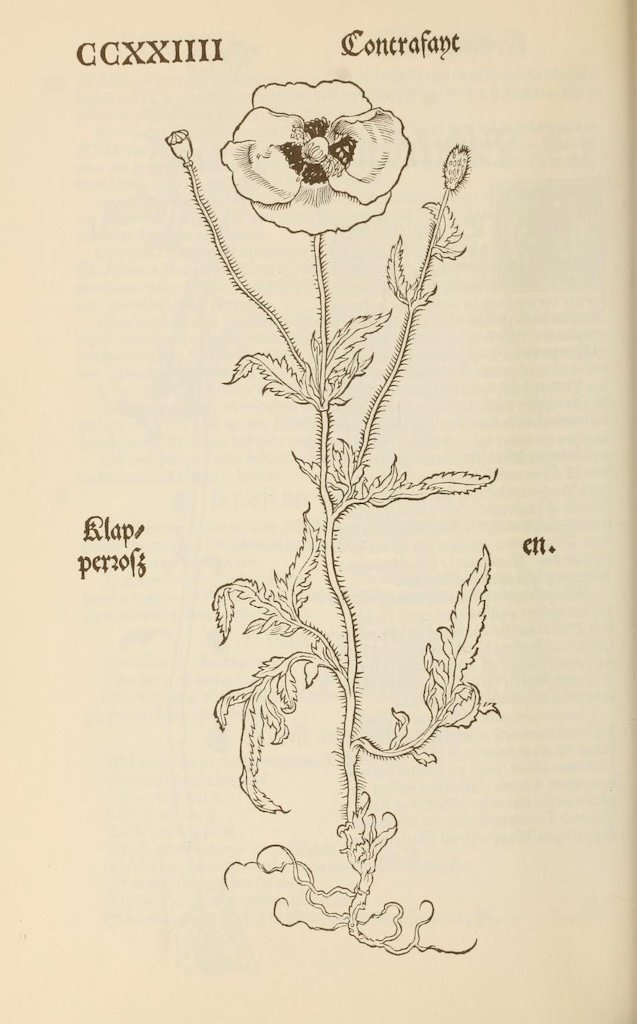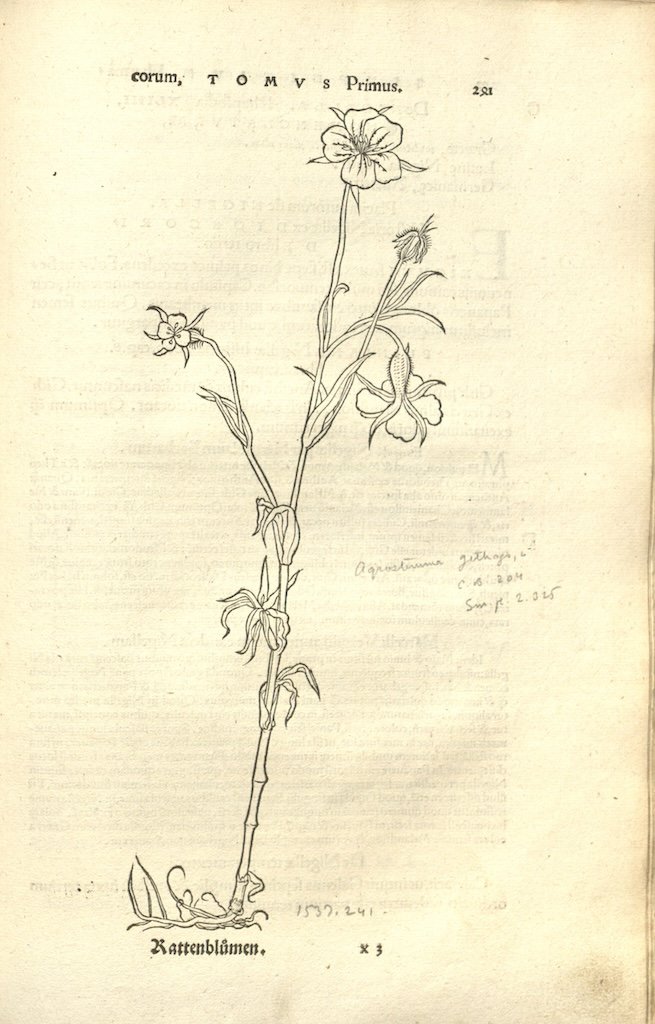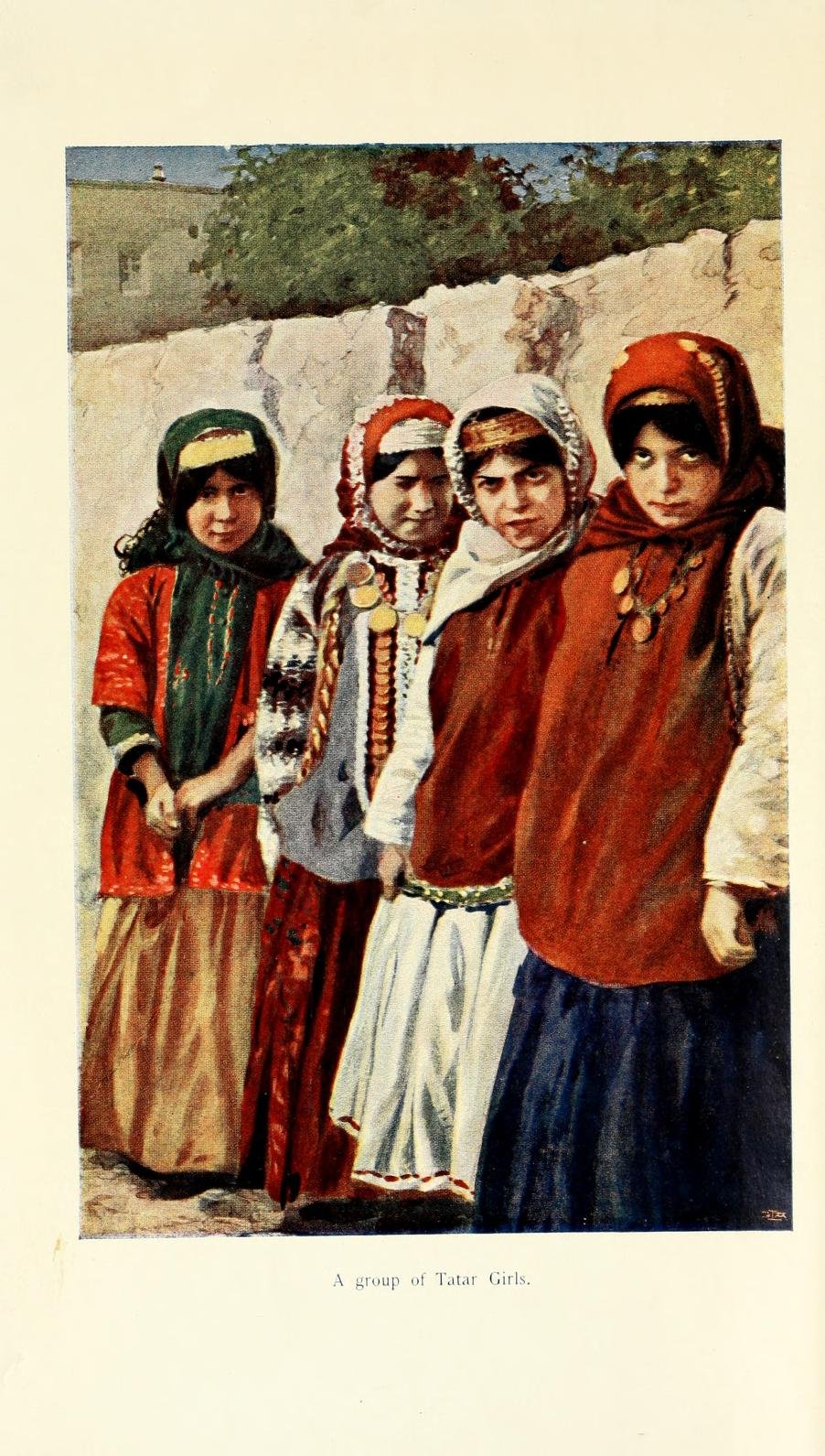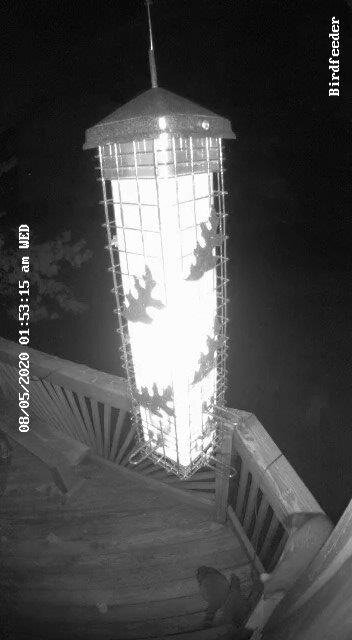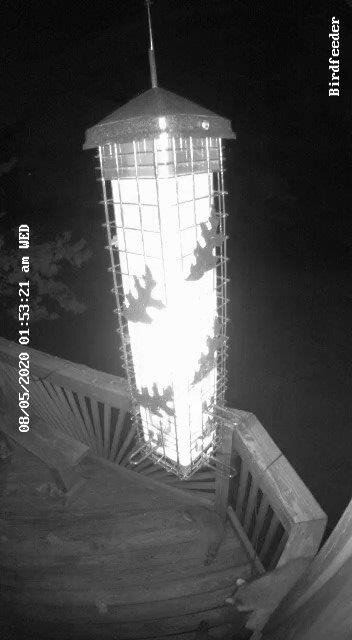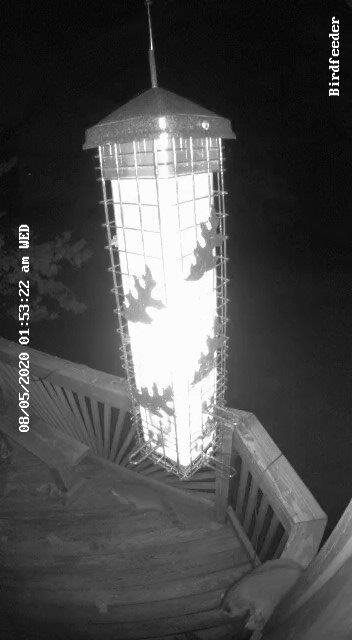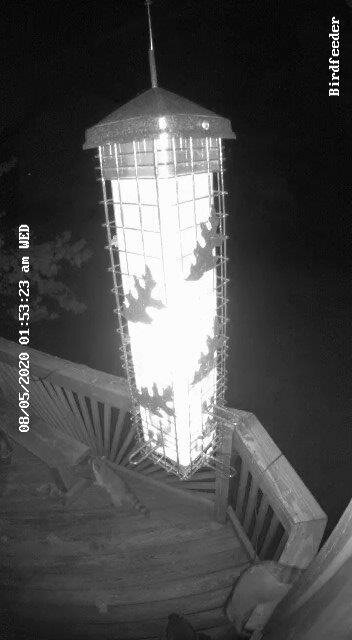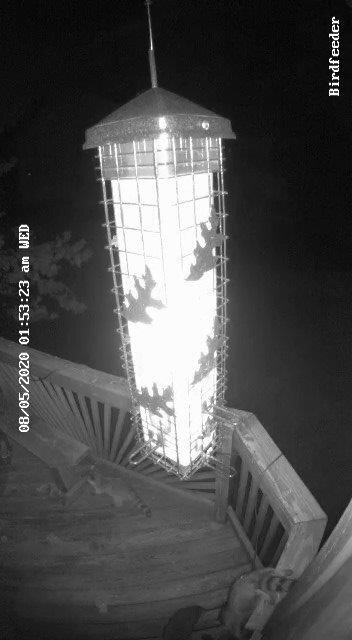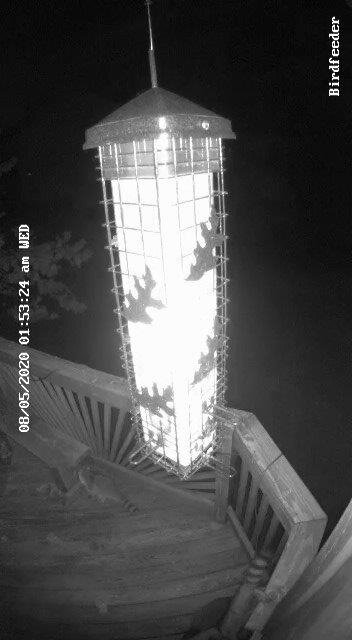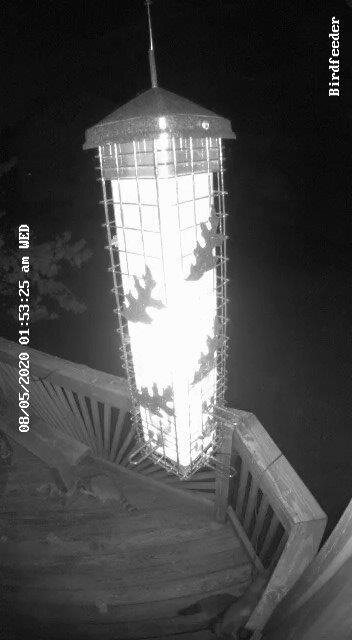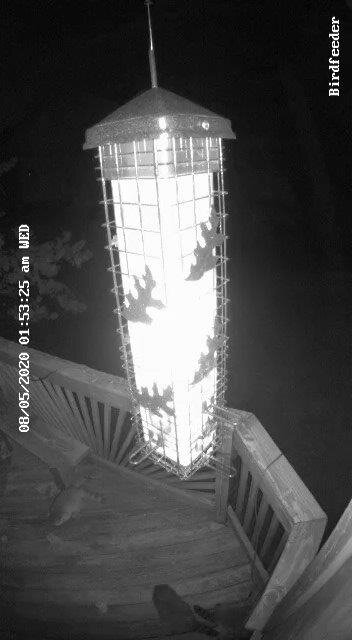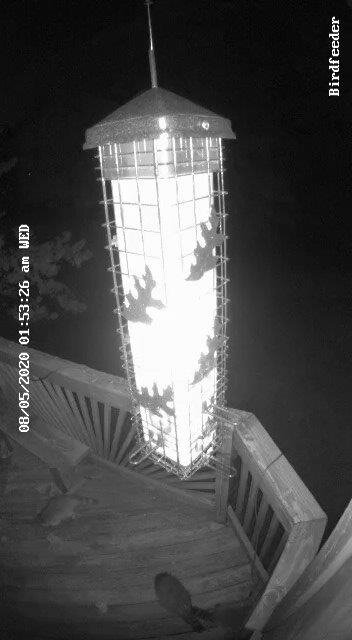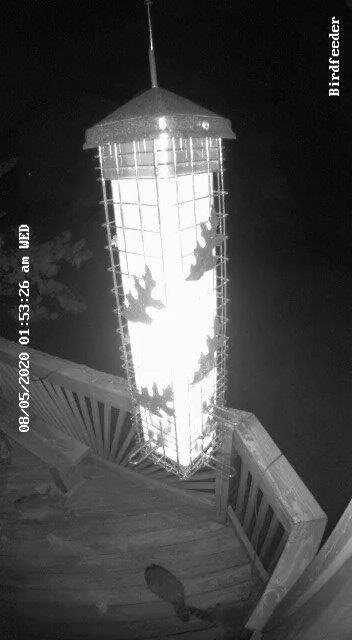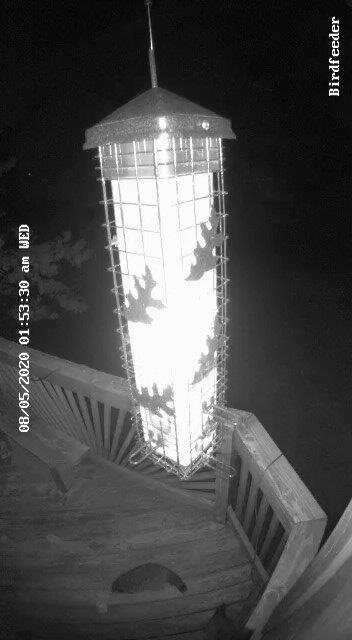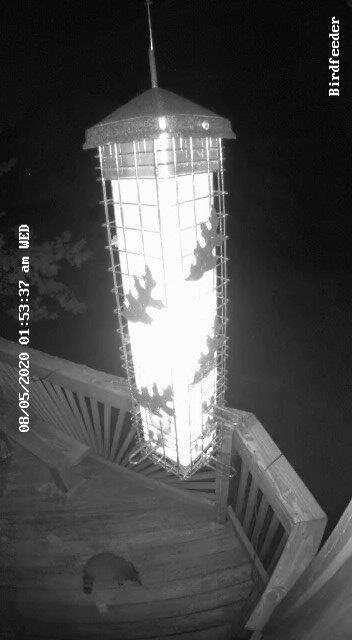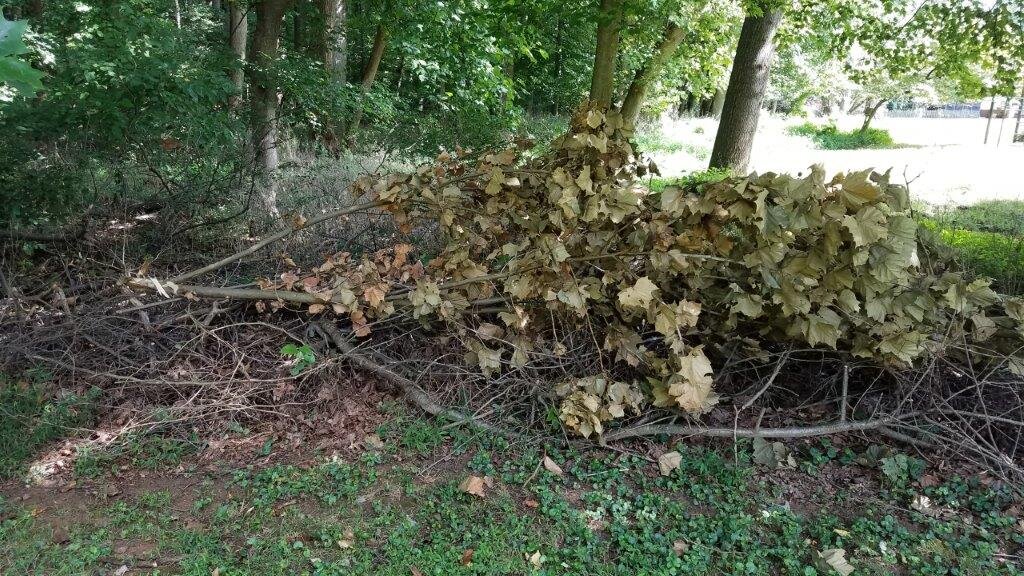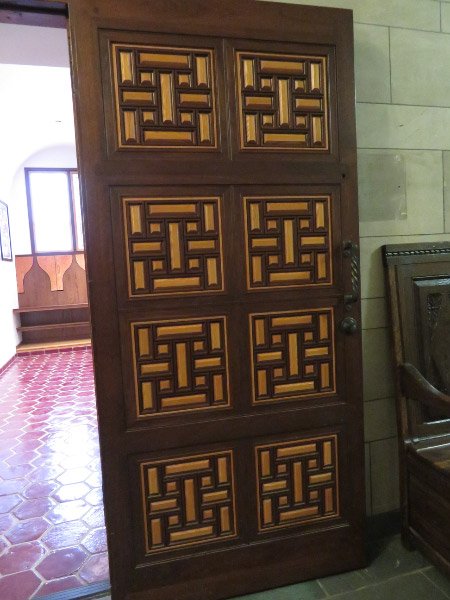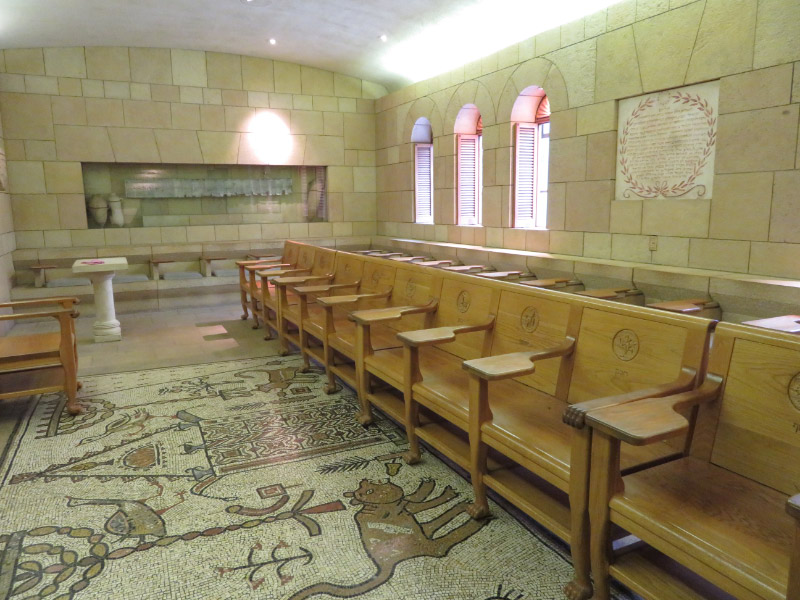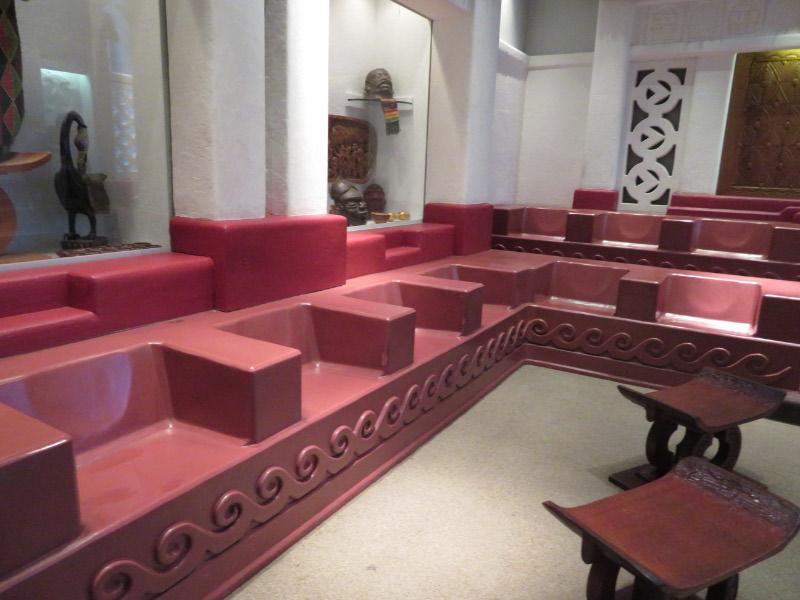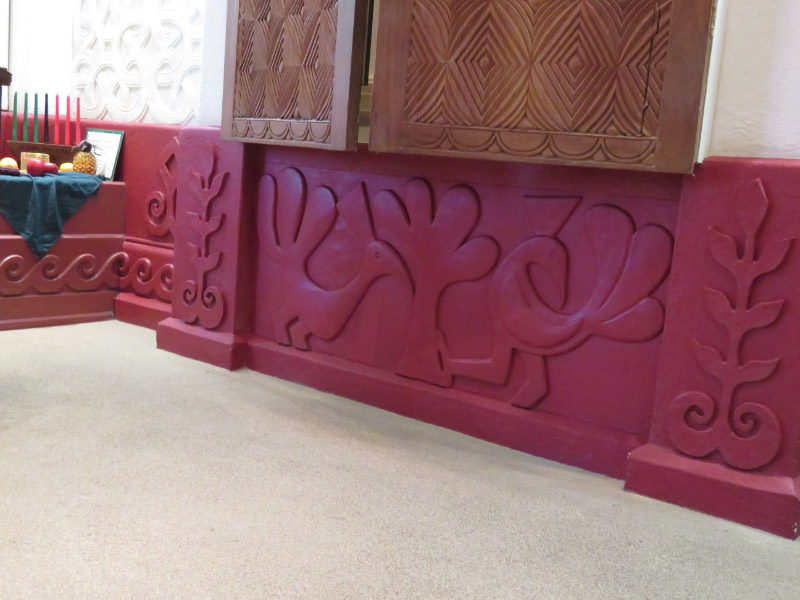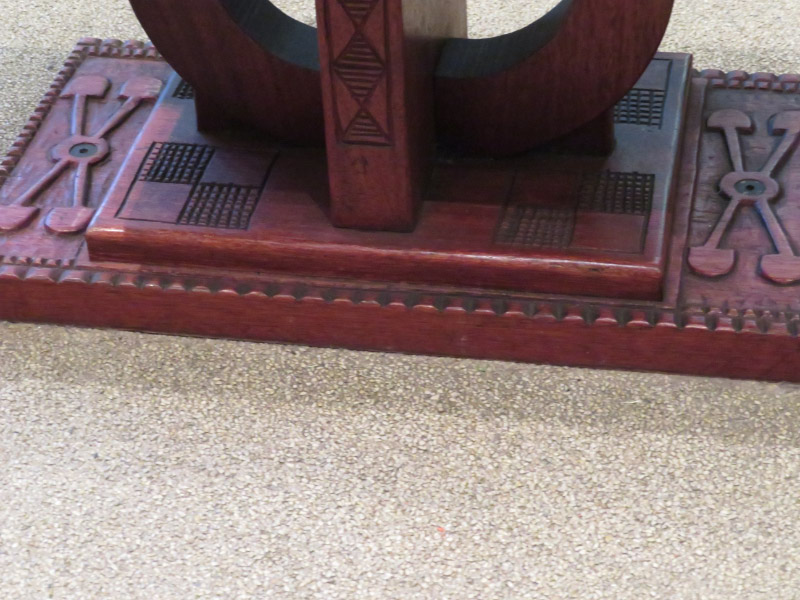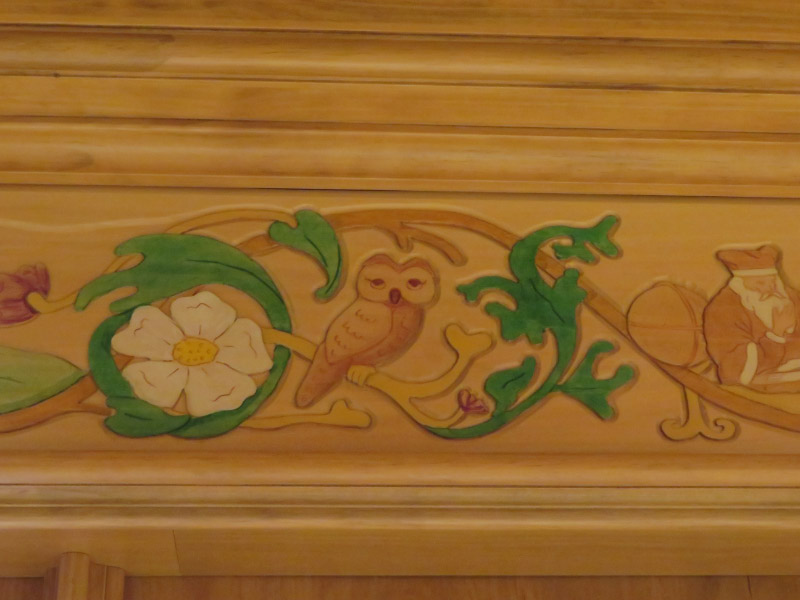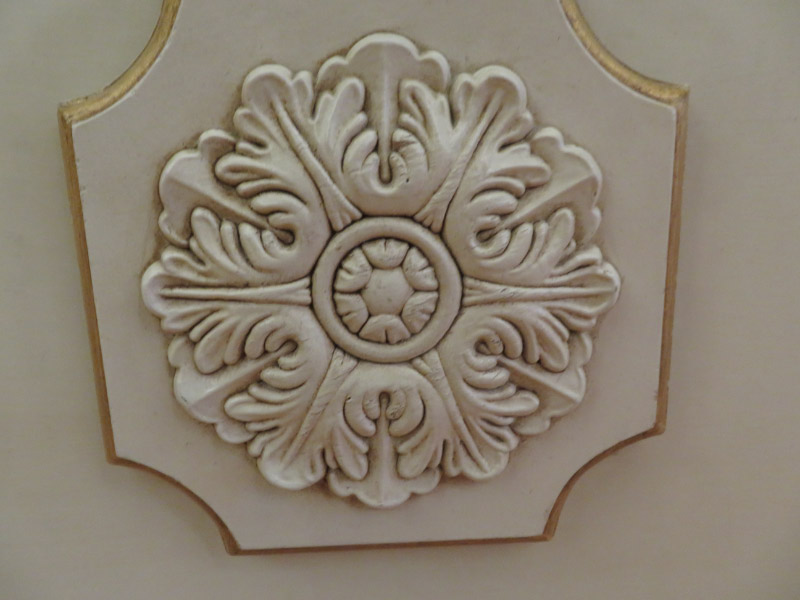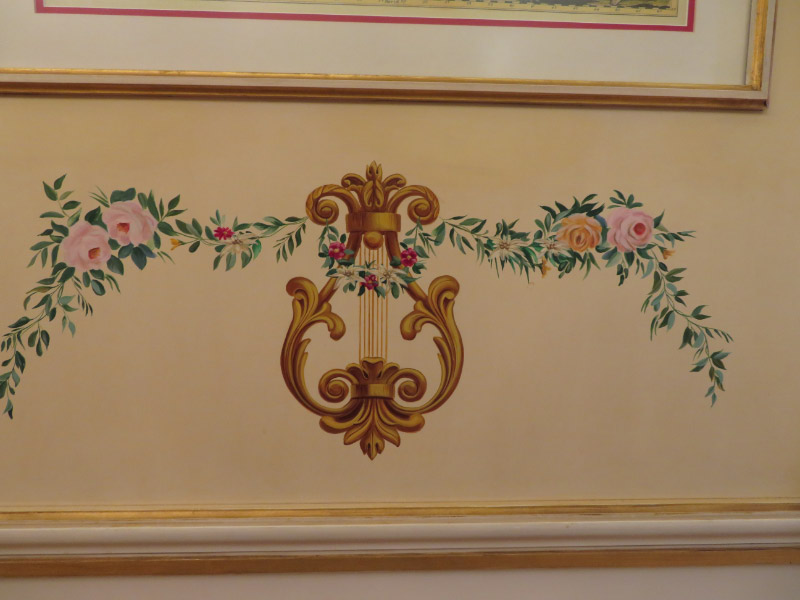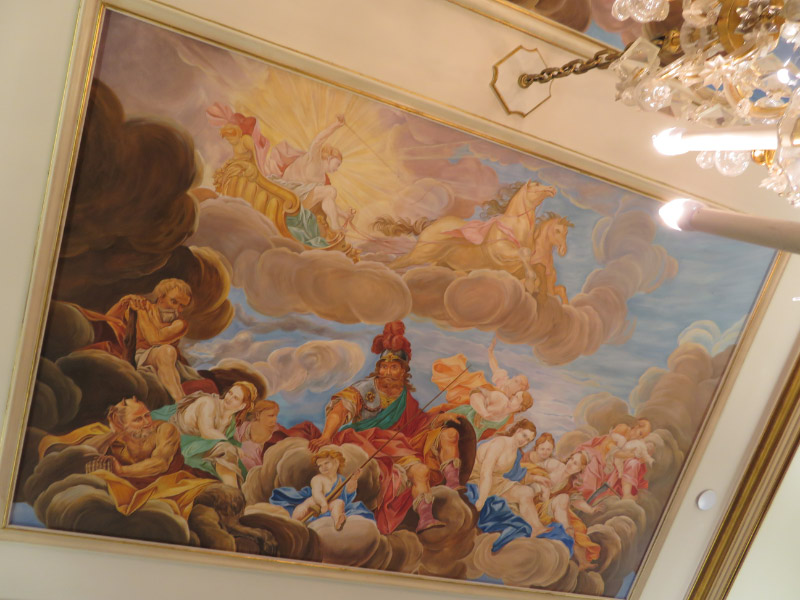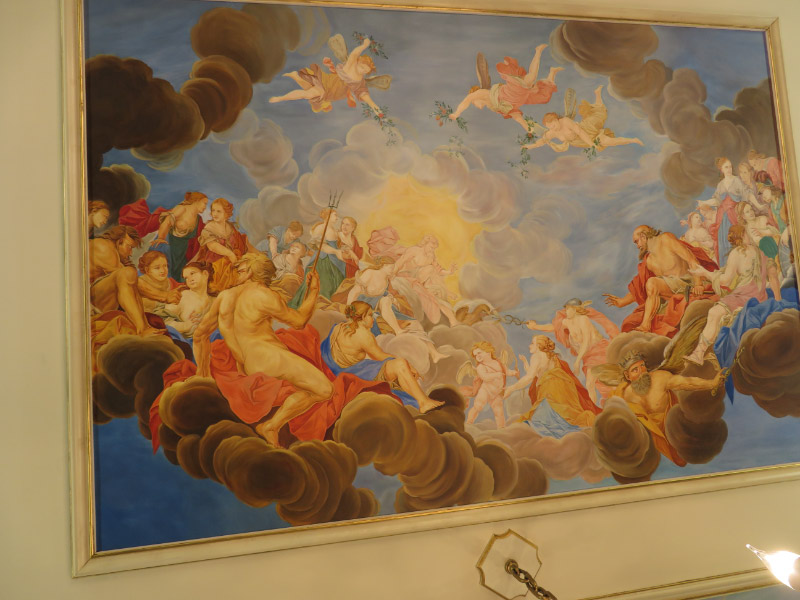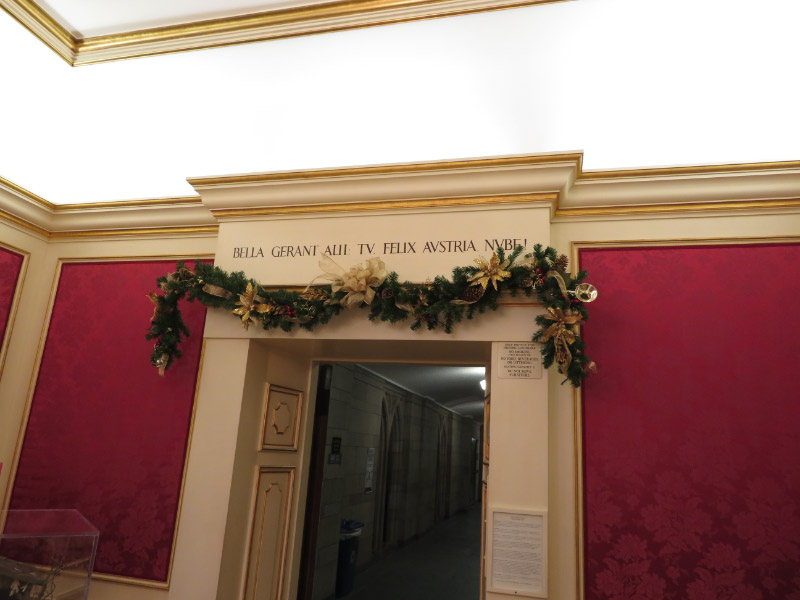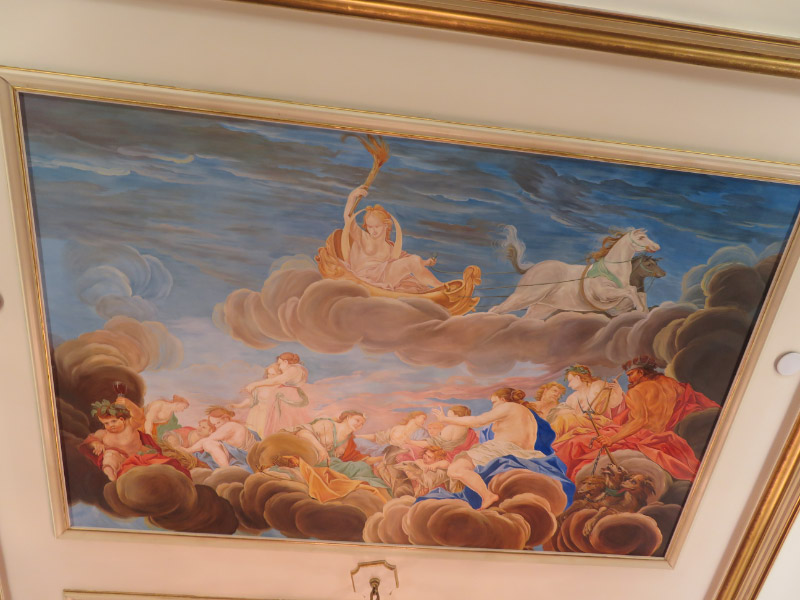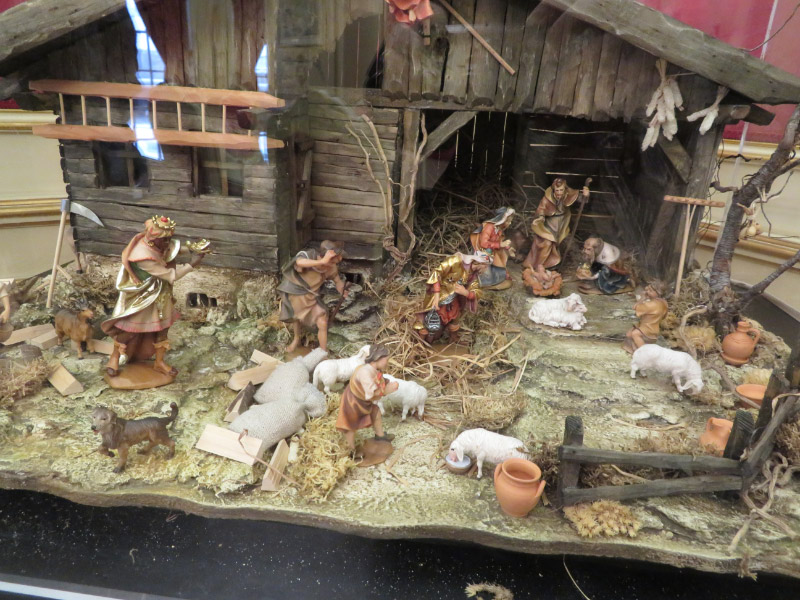The items below were ‘the cream’ of the articles and websites I found this past week. Click on the light green text to look at the article.
Performance of the Year | The Prairie Ecologist – Video of an Eastern Hognose Snake pretending to be dangerous.
Millennia-Old Rock Art in Israel Offers Window into Lost Culture | Smart News | Smithsonian Magazine – Monuments 4,000 years old…dolmens. There are more than 400 in the same area. A survey of them started 2012 after the first rock art engravings were discovered (14 trident-like shapes on the ceiling of a large dolmen).
Backyard Birding in Central India to Beat Lockdown – Backyard birding - something that is happening around the world during the pandemic!
Granite tors evidence of ice-free Alaska - The Field - AGU Blogosphere – Tors mark the Pleistocene pathway that was free of glaciers for plants and animals during the ice age.
Great, Warm Lakes – This is an article from a month ago…I’m just getting around to reading it. The surface temperatures were warmer than usual as of July…in some of the lakes there are areas warmer by more than 4 degrees C (including most of Lake Michigan)!
Restoration of Sicily’s Temple of Zeus Continues - Archaeology Magazine - A 26-foot-tall sculpture of Atlas dated to the 5th century BC…and there might have been as many as 40 such statues.
Winners of International Photo Contest Celebrate the Art of Movement – Capturing a moment…freezing motion.
Blood-thinner with no bleeding side-effects is here – Still work to be done….the current formulation is filtered out by the kidneys very quickly. It has applicability in artificial lungs (used to bridge the time between lung failure and lung transplantation) currently.
Poor Everglades Nesting Season A Result of Climate Change and Untimely Storms – It appears that 2020 isn’t a good year for roseate spoonbills and wood storks in Florida.
This Medieval Potion Kills Stubborn Bacteria – “Bald’s eyesalve” – garlic, onion, wine, cow bile. It appears to be effective at combating antibiotic resistant bacterial strains…biofilms that are particularly challenging to kill…including diabetic foot infections.
Unique Activities for Yesterday:
3 racoons. Our birdfeeder camera made a video of some visitors to our deck just before 2 AM on Wednesday, 8/5: three racoons! They looked smaller than the female that came several times earlier in the summer. Perhaps they were her young….out foraging on their own (maybe she was nearby). They were no more successful than she was getting seed from our squirrel proof birdfeeder! The action started with one up on the deck railing under the feeder and another 2 directly below on the deck floor. The one on the railing comes down almost on top of one that was on the deck floor. The one that was on the deck railing stayed in the video the longest…thoroughly searching under the feeder after going down to the deck floor.























